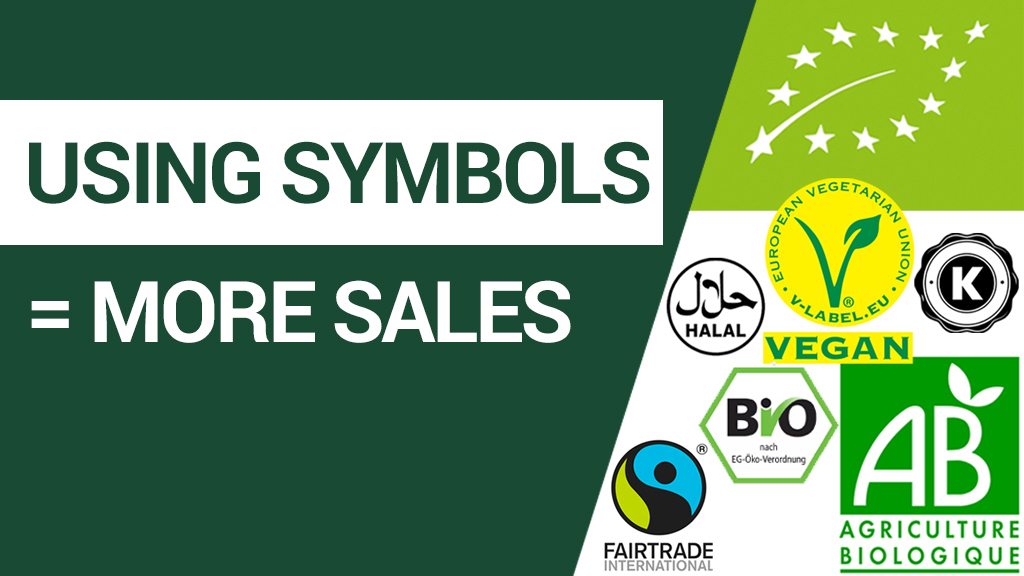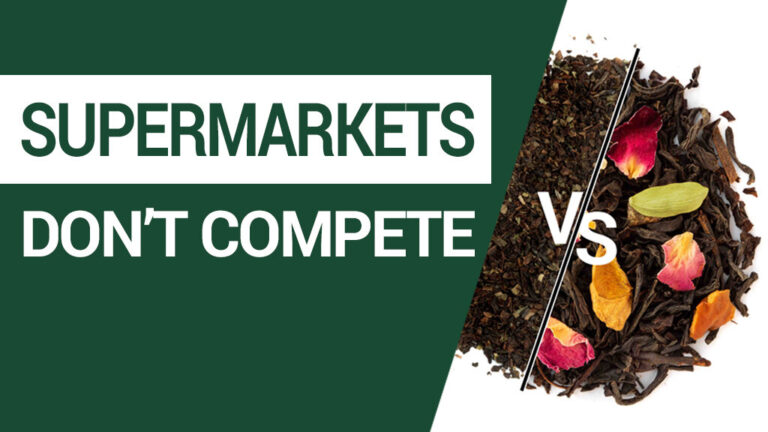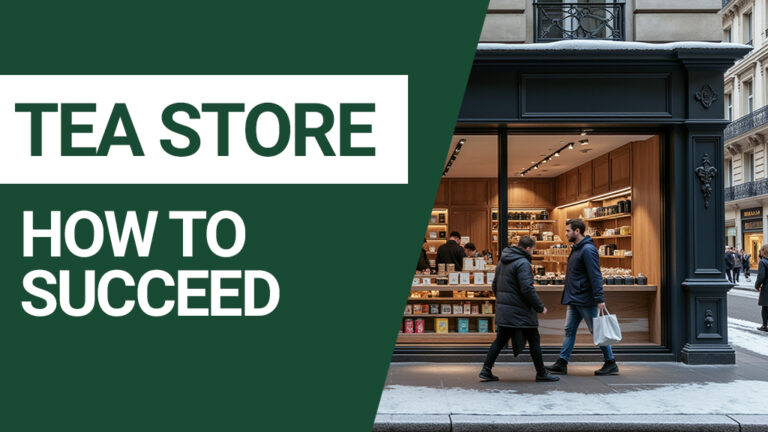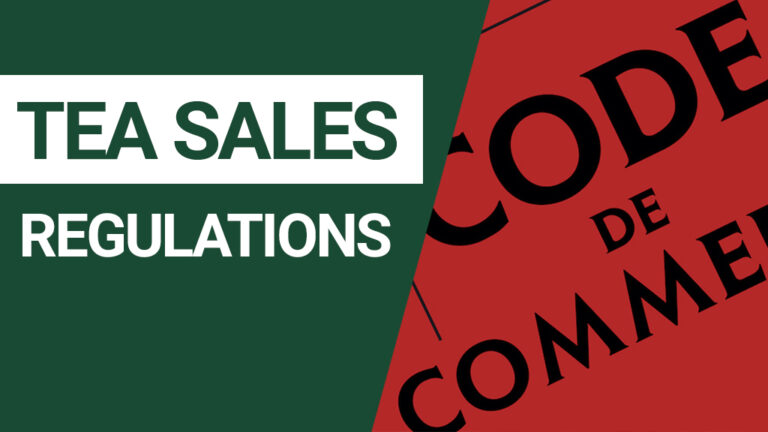To make a sale, there’s no need to deceive or manipulate customers. But you have to clearly explain what your product is and for whom it’s for.
And the way you present this information on your packaging is paramount. Logos are one of the key tools at your disposal to gain clarity and boost sales.
DISCLAIMER: The examples shown in this article might not apply to your products. So before you start using any logo or symbol, you have to make sure you are allowed to use them in the countries where you distribute your goods.
Table of Contents
ToggleWhy should you care about logos?
Customers want to make easy decisions
Customers have one problem: they want to know fast if a product is for them or not.
It does not mean that they have no time. Sometimes they do. They might even spend half an hour in your (online) shop.
But the vast majority don’t examine the packaging one by one. Only the most motivated do. And the rest? They skim through. In other words, they don’t read everything and don’t look at all the options available.
And what if you also distribute your brand to other shops?
Your product becomes instantly in competition with other brands to attract buyers’ eyeballs. You’re now fighting for shelf space, attention, and interest against other brands
In both cases, how do you get customers to buy your product?
Powerful logos and symbols deliver information fast
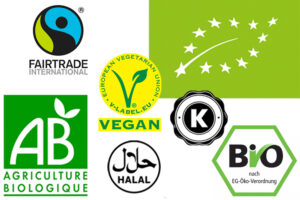
Imagine yourself shopping in a supermarket.
You’re looking for your usual brand of coffee capsules. You know, the one with a green siren on it.
And then, horror!
The siren is no longer on the packaging! And the usually green color of the logo has turned neon red.
You don’t get it. You ask yourself: “Is this the same stuff I used to buy?” You have a doubt. Or worse… The packaging has changed so much that you can’t even find it on the shelves.
This is exactly why semiotics matters. Defining the concept is straightforward: Semiotics is the interpretation of signs and symbols.
And in marketing, we care a great deal about symbols. For good reasons:
Symbols like logos can convey a message clearly and rapidly.
This is why your brand logo is so important:
- When loyal customers search for your brand, your product should be easily recognizable.
- This is also why brand consistency is crucial. It makes it easier to find you.
It’s almost the same for new customers. They might not know your brand the first time they see one of your products. But being regularly confronted with your logo and marketing material will accustom them to you. And for some customers, having seen and recognized your brand several times will deliver enough security and interest to trigger a first sale.
In both cases, consistency with your logo and other brand identifiers is key.
Features are perfect for symbols
It’s not only about your brand logo…
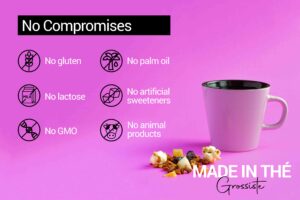
Have you noticed the number of logos on product packaging?
Even more so on foodstuff. And since the food sector concerns everyone, this makes it an ideal playground for product niches and sub-cultures.
You now have food for Vegans, Vegetarians, Organic or Gluten-free aficionados, Fair Trade enthusiasts, Hallal or Kosher sensitives, etc.
That’s good news for you.
For many niches, we already have available certifications and associated logos to clearly identify products and inform customers about what we sell.
Not all customers care about buying an organic-certified product, but some do.
Do they get the information easily from your packaging?
Most customers don’t take notice of Kosher certifications. But if your customers do, how do you address their needs?
In the end:
Attention and time are scarce commodities on the customer side.
Logos are perfect for conveying short and understandable information.
The more familiar the logo, the faster the message can be interpreted.
Can you create additional logos to deliver specific information?
Yes. With great results.
Is your product dedicated to pregnant women? No doubt it’s possible to create a symbol that conveys this information.
Are you creating a muscle-recovery herbal tea for athletes? Likewise.
Do you recommend drinking your tea at certain times of the day? A logo symbolizing morning, noon, or evening consumption can be designed quite easily.
The key is that this information must be relevant to the consumer.
Should you use features or benefits for logos?
What’s the difference between features and benefits?
A quick reminder of the difference between features and benefits:
A Feature is something that the product is or has.
A Benefit is the advantage the feature represents for the consumer.
Let’s take an example:
- Feature = “This tea contains a high level of caffeine”,
- Benefit = “Stay awake the whole day” is the benefit of the high level of caffeine.
If you’re into marketing, you might have heard “features are dead” and this is “features is marketing from the 1930s”.
As a consequence, many marketers favor benefits over features because “benefits address directly consumer’s needs”.
I don’t deny the value of benefits in your marketing efforts. But I experienced that features are also really powerful and their right use does trigger more sales.
Features can be turned into meaningful logos
Think about Veganism.
Stating your product is vegan on your packaging could simply be done using the vegan logo. That’s it. It’s clear and understood. And for the person searching for a vegan item, it’s exactly the information he/she’s looking for.
Vegan as a benefit? It’s more complex.
You could state something more tricky like “Save animals with this 100% vegan steak”.
One can argue that the benefit is more convincing. I’d say it makes a lousy logo. It slows down the transmission of the information and creates friction on the packaging.
I also don’t think the vegan-friendly consumer needs to be convinced about the value of eating vegan anymore. He’s passed being convinced and does not need to hear about the benefit. The feature is enough.
Where can I see the advantage of using the benefit in your marketing?
If you’re targeting people who haven’t adopted a vegan diet yet. Because they’ll need convincing. But that’s another story.
To sum up:
Features are perfect for people who know what they want.
So you don’t always need to turn a feature into a benefit.
What’s important is the connection the feature has in the mind of the consumer. When the feature is what the buyer is looking for, it’s the best way to transmit the right message fast and clearly.
A logo stating the feature will do just that.
Features avoid controversial or illegal claims
Current legislation is here to protect consumers from over-promising and misleading claims. This is a good and necessary thing, no question.
But for some of your advertising campaigns, it will limit your possibilities to use benefits.
Let’s imagine you want to promote your latest product. Its recipe has been specially designed to have a specific effect on health. However, one legislation applicable in a country where you distribute your product does not allow you to associate foodstuff with a health claim. This is pretty common in the herbal tea business for example.
So you can’t use benefits like “Our herbal tea gets rid of your cold in 2 days”, or “never get a cold again with our product”.
Well, one thing you can do is to use features.
In this case, your task is to highlight the ingredient(s) on the packaging (visually and/or in writing).
This is a feature because you’re simply indicating that the ingredient is present, not saying that it has any effect.
But for it to work, the customer must already associate the feature with the effect, i.e. associate the ingredient with the benefit.
Take this away
Every product competes for the attention of the buyer. It’s our job to deliver the right information reliably and fast with your product packaging. Logos are widely used to do that.
Well conceived, they can become powerful shortcuts to deliver your message.
Specific product features are often the source of excellent logos. Especially the ones related to renowned certifications. Features also don’t need to be replaced by benefits when consumers are already familiar with the effect the feature has.
